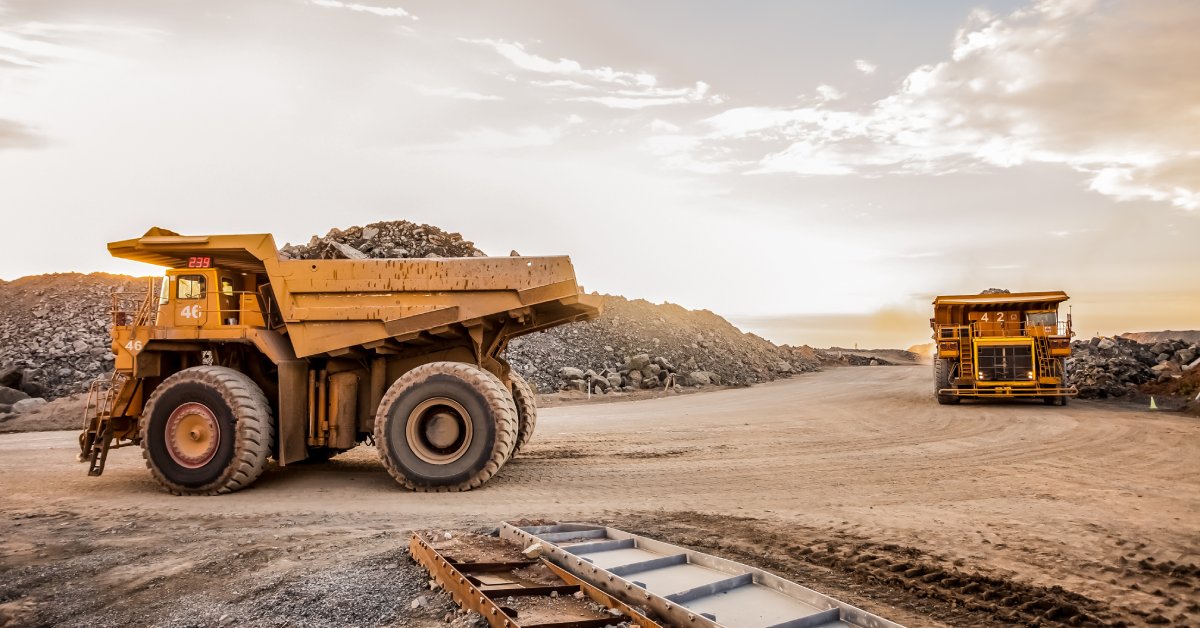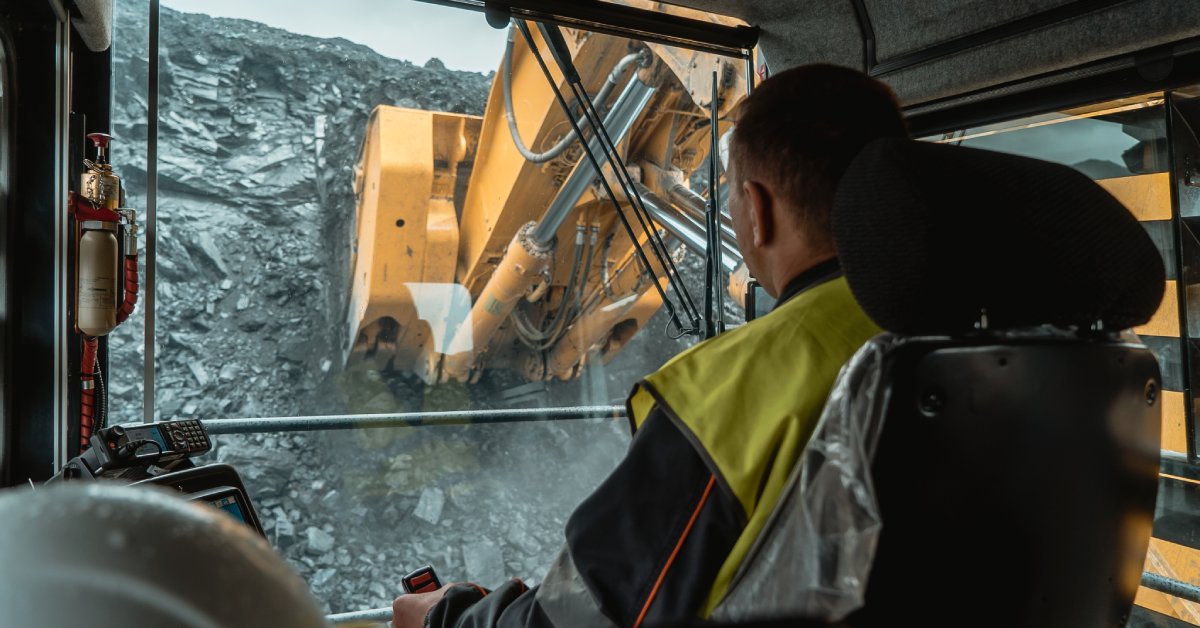Off-highway equipment operates under extreme conditions that demand precision, reliability, and consistent performance. Among these components, differentials maintain optimal power distribution and vehicle control for operators driving their vehicles through harsh weather or tough terrain.
Understanding the role of differentials in off-high way equipment and recognizing when they require attention can impact your vehicle’s performance and longevity.
Key Functions of Differentials in Heavy Equipment
Differentials work with your off-highway equipment’s drivetrain system to distribute engine power between the wheels. While powering these systems, they also rotate your powertrain at different speeds during turns, climbs, and uneven terrain navigation.
The fundamental operation involves a few main gears: a ring gear, pinion gear, and two side gears connected to the axle shafts. When your equipment encounters varying resistance levels, such as one wheel gripping loose soil while another adheres to solid rock, the differential automatically adjusts power distribution to maintain forward momentum.
Power Distribution Management
Differentials provide consistent power delivery across all wheels to prevent wheel spin that could damage both the equipment and work surfaces. When one wheel encounters less resistance, the differential redirects power to maintain balanced traction. This function improves driving capabilities for vehicles operating on slopes, in mud, or across loose materials.
The system responds immediately to changing conditions by making thousands of micro adjustments during operation. This continuous adaptation allows operators to maintain control and productivity regardless of terrain challenges.
Speed Variation Control
Different wheel speeds are necessary when equipment turns or encounters uneven surfaces. The outer wheels must travel farther than inner wheels during turns, which requires higher rotational speeds. Differentials accommodate these speed variations to prevent tire scrubbing and reduce wear on drivetrain components.
Uneven ground surfaces, varying load distributions, and different tire pressures all create situations where wheels must rotate at different speeds to maintain optimal performance. Regardless of the work conditions, this speed control function allows operators to maneuver their vehicles effortlessly and safely.
Torque Management
Modern differentials incorporate torque management capabilities that optimize power delivery based on real-time conditions. These systems monitor wheel speed, load conditions, and traction availability to determine the most effective power distribution strategy.
Advanced electronic differential systems can also lock or unlock automatically to provide maximum traction when needed while allowing normal operation during standard conditions. This intelligent torque management reduces operator workload for overall equipment efficiency.
Types of Differentials Used in Heavy Machinery

As you inspect your system for repairs, understanding the role of differentials in off-highway equipment will help you determine which type of component works best for your everyday processes.
Open Differentials
Open differentials represent the most basic type found in off-highway equipment. These systems allow wheels to rotate at different speeds by directing power along the path of least resistance.
This design works well on relatively stable surfaces but can create problems in challenging terrain. If one wheel loses traction completely, the open differential may send all power to that wheel, leaving the equipment stuck. Many operators find open differentials adequate for light-duty applications or equipment that primarily operates on prepared surfaces.
Limited-Slip Differentials
Limited-slip differentials address the weaknesses of open systems by incorporating mechanisms that prevent excessive power transfer to a single wheel. These systems use clutches, gears, or viscous couplings to maintain traction when one wheel begins to slip.
The limited-slip design provides better performance on uneven terrain and stabilizes essential speed variation capabilities. Construction equipment and agricultural machinery often utilize limited-slip differentials for traction and maneuverability. These systems offer improved performance without the complexity of more advanced differential types.
Locking Differentials
Locking differentials provide the best traction across all types of differentials by mechanically connecting both wheels to rotate at the same speed. Operators can engage the locking mechanism when equipment encounters particularly challenging terrain that demands equal power distribution to both wheels.
Mining equipment and heavy construction machinery frequently employ locking differentials for operations in extreme conditions. The ability to lock the differential gives operators confidence when navigating steep grades, loose surfaces, or obstacles that would challenge other differential types. However, operators must disengage the lock before making turns to prevent tire wear and mechanical stress.
Common Differential Problems in Off-Highway Equipment
Off-highway equipment faces unique challenges compared to standard road vehicles. Construction sites, mining operations, and agricultural fields present constantly changing surface conditions that place extraordinary stress on differential components. The differential system must handle sudden load changes, extreme temperatures, and contamination from dust, mud, and debris, so look out for these signs of damage to repair the equipment as necessary.
Excessive Wear From Contamination
Off-highway environments expose differentials to harsh contaminants that accelerate component wear. Fine particles infiltrate seals and contaminate lubricants, creating an abrasive environment that damages gears and bearings. Regular inspection and maintenance can identify signs of contamination, including unusual noises during operation, vibrations through the drivetrain, and visible debris in the differential fluid.
Overheating and Fluid Degradation
Extreme operating conditions generate excessive heat that breaks down differential fluid and damages internal components. Heavy loads, continuous operation, and high ambient temperatures contribute to overheating problems that compromise system performance. Monitoring operating temperatures and maintaining proper fluid levels helps prevent overheating issues.
Seal Failures and Fluid Leaks
Differential seals face constant pressure from dirt, debris, and temperature fluctuations that eventually cause failure. Early detection of seal problems through regular inspection prevents minor issues from becoming major repairs. Replace your seals promptly to maintain system integrity and prevent expensive component damage.
Maintenance Strategies for Optimal Performance

Implementing systematic inspection procedures helps workers identify potential problems before they impact equipment operation. You can keep your systems operational after extended projects or severe weather by taking preventative measures with your off-highway vehicles.
Regular Inspection Protocols
Visual inspections should focus on fluid levels, seal condition, and external damage that might compromise differential function. Operators should monitor equipment behavior during operation, noting any unusual noises, vibrations, or handling characteristics that might indicate differential problems. Early detection allows for preventive maintenance that prevents emergency repairs.
Fluid Management Programs
Differential fluid serves multiple functions, including lubrication, cooling, and contaminant removal. Establishing regular fluid change intervals based on operating conditions rather than simple time requirements protects the system from future damage. Fluid analysis programs provide valuable insights into differential conditions by identifying wear particles, contamination levels, and chemical breakdowns.
Environmental Protection Measures
Protecting differentials from harsh environmental conditions extends component life and reduces maintenance requirements. Proper sealing, regular cleaning, and appropriate operating procedures minimize contamination exposure. These investments pay dividends through reduced maintenance costs and improved reliability.
When your components require severe repairs, it may be necessary to replace the system as a whole. Work with an off-highway equipment provider such as Bull Powertrain to get the components you need to maintain your vehicles properly. We provide differentials and driveshaft systems from reliable brands, including Dana driveshaft components. Learn more about our products by consulting with a specialist today.

